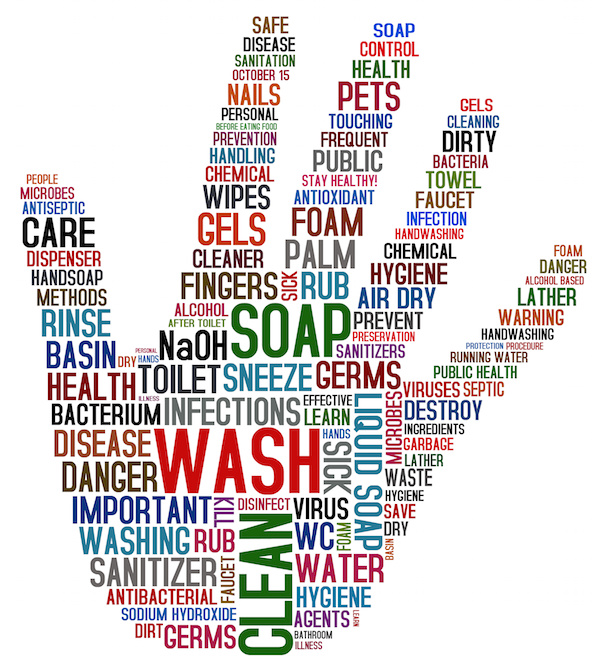
FRIDAY, Jan. 4 (HealthDay News) — In Chicago, a hospital employee describes the emergency department as “knee-deep in flu and pneumonia cases.”
In Richmond, Va., Dr. Kenneth Lucas of the Patient First clinic says he’s seen a 30 percent rise in flu cases, which “hit the fan around Christmastime” and “really rolled in with the holidays.”
And in Rhode Island, where almost 10 percent of emergency room visits in the past week were due to flu-like symptoms, state Health Department Director Michael Fine predicts this could be the worst flu season in years.
This year’s influenza season got off to an early start, and according to these and other published accounts it’s ramping up as peak flu season nears.
“We did get off to an earlier start than we usually see,” said Tom Skinner, spokesman for the U.S. Centers for Disease Control and Prevention. “As we have moved into the end of December and January, activity has really picked up in a lot more states.”
Flu season usually peaks in late January or early February, Skinner said, but by November the flu was already severe and widespread in some parts of the South and Southeast.
Farther north, activity has escalated in the Mid-Atlantic states, including Virginia, in addition to Illinois and Rhode Island.
According to the latest CDC statistics, which run through Dec. 29, a total of 41 states were reporting widespread flu activity. There have been 18 flu-related deaths of children so far.
Experts say each flu season is unique. “Why one year flu season gets off to an early start versus a late start is unknown,” Skinner said.
Last year’s flu season was relatively mild, Skinner noted. “We would expect this year’s flu season will be more severe than last year, but how severe it’s too early to say,” he said.
The predominant strain so far this year is H3N2, Skinner said. “In years past when we have seen an H3N2 dominate, we tend to see more severe illness in young kids and the elderly,” he added.
An estimated 36,000 people die from the flu and its complications in a typical season, according to the CDC. From 1976 to 2006, estimates of flu-associated deaths in the United States ranged from a low of about 3,000 to a high of about 49,000 people.
The best protection is for everyone 6 months of age and older to get the flu vaccine.
“It’s not too late to get vaccinated,” Skinner said. Ample vaccine was made available, but since it’s late in the vaccination season it may be a little harder to find, he said.
Also encouraging is that the vaccine is a good match for the strains of flu circulating now, Skinner said.
Flu symptoms include fever, cough, fatigue, head and body aches, and runny nose. People at particular risk for flu and its complications are pregnant women, those 65 and older and anyone with a chronic illness. The CDC urges these people to get the flu vaccine, which is available as an injection or nasal spray and in a stronger dose for seniors.
More information
To learn more about the flu, visit the U.S. Centers for Disease Control and Prevention.

